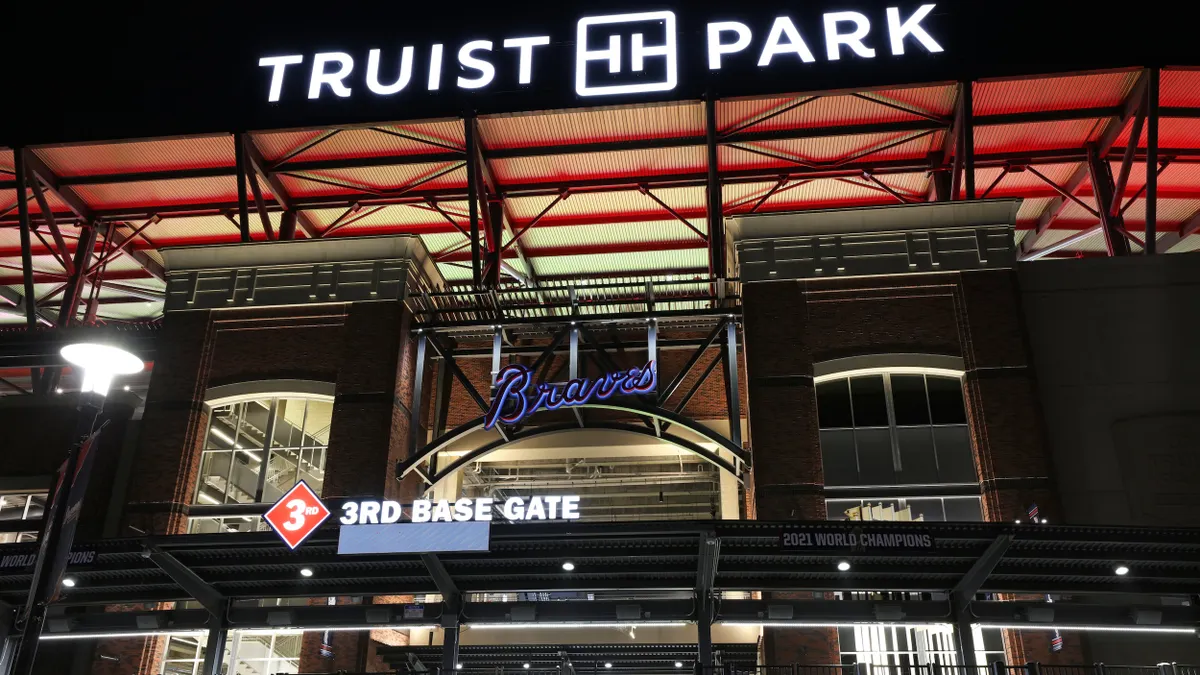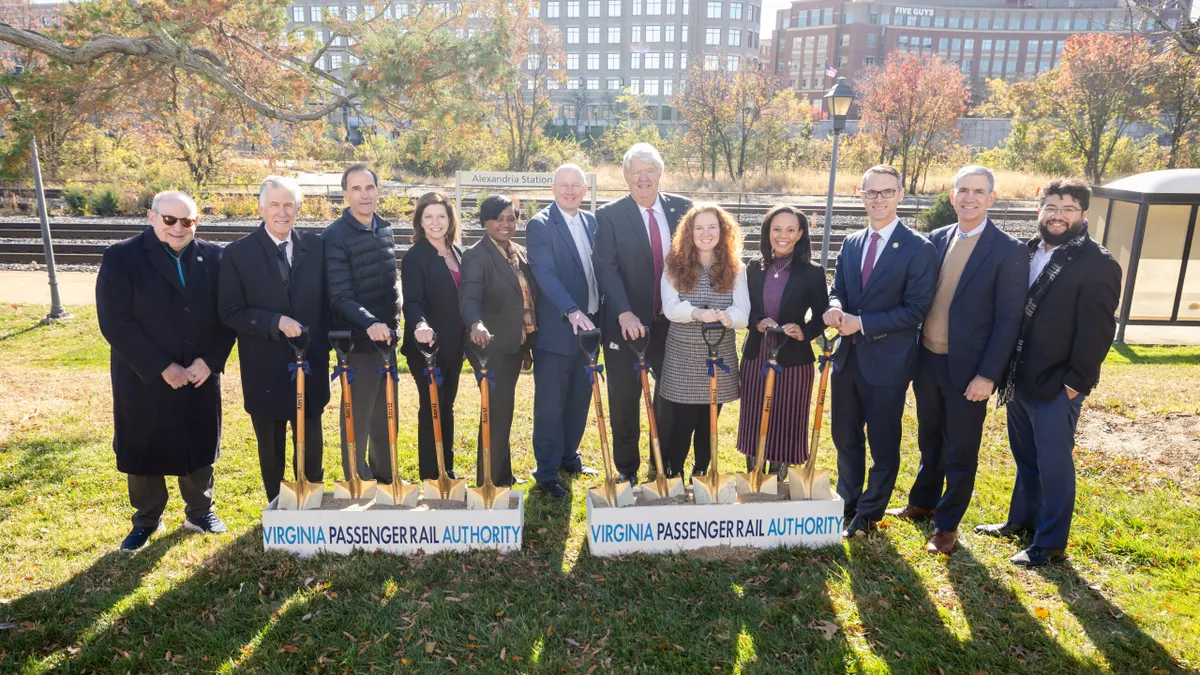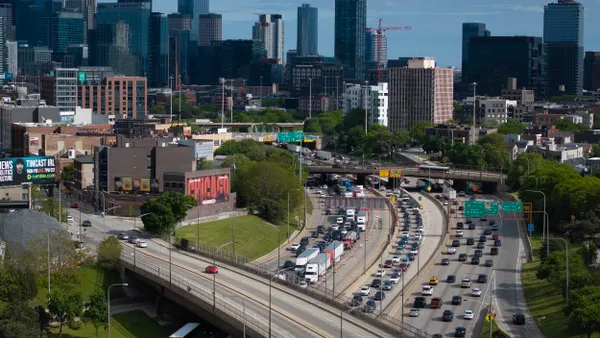UPDATED: Sept. 16, 2020: A grand jury in Maricopa County, AZ this week indicted the safety driver who failed to prevent the 2018 crash of an Uber autonomous vehicle (AV) that fatally struck a pedestrian in Tempe, AZ.
The grand jury charged Rafaela Vasquez, 46, with one count of negligent homicide. Vasquez pled not guilty at an arraignment hearing in Maricopa County Superior Court on Tuesday, and is set for an initial pretrial conference in late October.
Nov. 11, 2019: A distracted driver and Uber Advanced Technology Group's (ATG) "inadequate safety culture" are to blame for an autonomous vehicle's (AVs) fatal collision with a pedestrian, the National Transportation Safety Board (NTSB) found Tuesday.
The NTSB said that if the human safety driver had not been watching video on her phone at the time of the March 2018 crash in Tempe, AZ that killed Elaine Herzberg, she would have reacted in time to brake. The board also criticized Uber for not doing enough to address safety concerns during its tests, while calling on the federal government and states to do more to regulate the testing and deployment of AVs on public roads.
"The inappropriate actions of both the automatic driving systems and the vehicle's human operator were symptoms of a deeper problem: the ineffective safety culture that existed at the time of Uber ATG," NTSB Chair Robert Sumwalt said at a board meeting.
Preliminary investigations showed Herzberg had been jaywalking when she was struck, and that the safety systems in the Uber AV struggled to classify her as a pedestrian until it was too late. NTSB staff said at the meeting that it detected the victim 5.6 seconds before impact, but Sumwalt said it "waffled” between thinking she was a bicyclist, another vehicle or something else.
The system only recognized the imminent collision as an emergency 1.2 seconds before it occurred, but if the safety driver had not been watching television on her phone, she could have reacted quicker too. Rafael Marshall, a senior investigator at NTSB, said it was indicative of "automation complacency," where people involved in the Uber project were too confident it would not fail, even though it is only in the testing phase.
Another contributing factor to the crash was that the modified Volvo being used by Uber to test its AV technology had its collision warning and automatic braking systems disabled, as they interfered with the radar. Since then, the company has found a way to make its technology work with the Volvo’s existing safety features. Herzberg was also found to have traces of methamphetamine in her system, something that investigators said could have impaired her judgment.
Uber came under heavy fire for its past practices, but did receive credit for reorganizing its ATG corporate structure, introducing a safety division and dedicated safety directors, and for cooperating fully with the investigation as a party to the case.
"They were transparent. They were cooperative. They provided information, making sure that we understood their internal process," David Pereira, NTSB investigator in charge, said. "And our communication with them became an open dialogue."
In a statement to Smart Cities Dive, Nat Beuse, Uber ATG's head of safety, said the company is fully committed to continuing its work with the NTSB and other federal regulators to address safety concerns.
"We deeply regret the March 2018 crash that resulted in the loss of Elaine Herzberg’s life, and we remain committed to improving the safety of our self-driving program," Beuse said. "Over the last 20 months, we have provided the NTSB with complete access to information about our technology and the developments we have made since the crash. While we are proud of our progress, we will never lose sight of what brought us here or our responsibility to continue raising the bar on safety."
In his opening statement, Sumwalt warned other companies testing AVs in a crowded marketplace that they should act quickly with regards to safety, and not let tragedy strike before making the right investments.
"For anybody in the automated driving systems space, let me be blunt, Uber ATG is now working on [a safety management system]," Sumwalt said. "Are you? You can be. You don’t have to endure the crash first."
NTSB members were highly critical of the federal government's hands-off approach to regulating AVs, and also said Arizona's state government should take a more stringent approach, having previously thrown open its doors to driverless testing under an executive order by Gov. Doug Ducey. They also said that Congress, which has tried and failed to regulate AVs, needs to lead on the issue.
Board member Jennifer Homendy said the National Highway Traffic Safety Administration (NHTSA), which has released several iterations of its rules governing AV testing and use on public rules, has been "laughable" in its efforts to regulate the industry and keep people safe.
"In my opinion, they've put technology advancement here before saving lives," she said. Version 3.0 of that guidance, the most recent, came under similar criticism on its release from the Transportation Trades Department, AFL-CIO (TTD), which said it did not do enough to address safety and workforce concerns.
Under those guidelines, AV companies are encouraged, but not required to send the agency voluntary safety reports. So far, only 16 have done so, out of the more than 60 that test in California alone. As there is no standard for those reports, they vary widely. NTSB Investigator Ensar Becic said that means the content in the reports is "all over the place," and that some "frankly read like marketing brochures."
In a statement, an NHTSA spokeswoman said it had its own investigation to complete, and pledged to take into account the NTSB's findings.
"NHTSA's investigation into the Tempe crash is ongoing and the agency will release its report when it is complete," the spokeswoman told Smart Cities Dive in an email. "NHTSA welcomes NTSB's report and will carefully review it and accompanying recommendations. While the technology is rapidly developing, it's important for the public to note that all vehicles on the road today require a fully attentive operator at all times."
The NTSB recommended that those safety reports be mandatory, something NTSB Vice Chair Bruce Landsberg said would help encourage transparency and ensure that regulations keep up with new technology. It should not be up to automakers to self-regulate, as that can cause more harm than good, he added.
"This is an iterative process and in the aviation world the rules have constantly evolved and become more sophisticated as time has gone along," Landsberg said. "So if you make a rule and say, okay, here's what we know, we have to gather data — which we are not doing at this point, apparently — that has to be a key part of it. And then they should probably be assessing the rules at least on an annual basis, because there's going to be a tremendous learning curve in all of this."



















